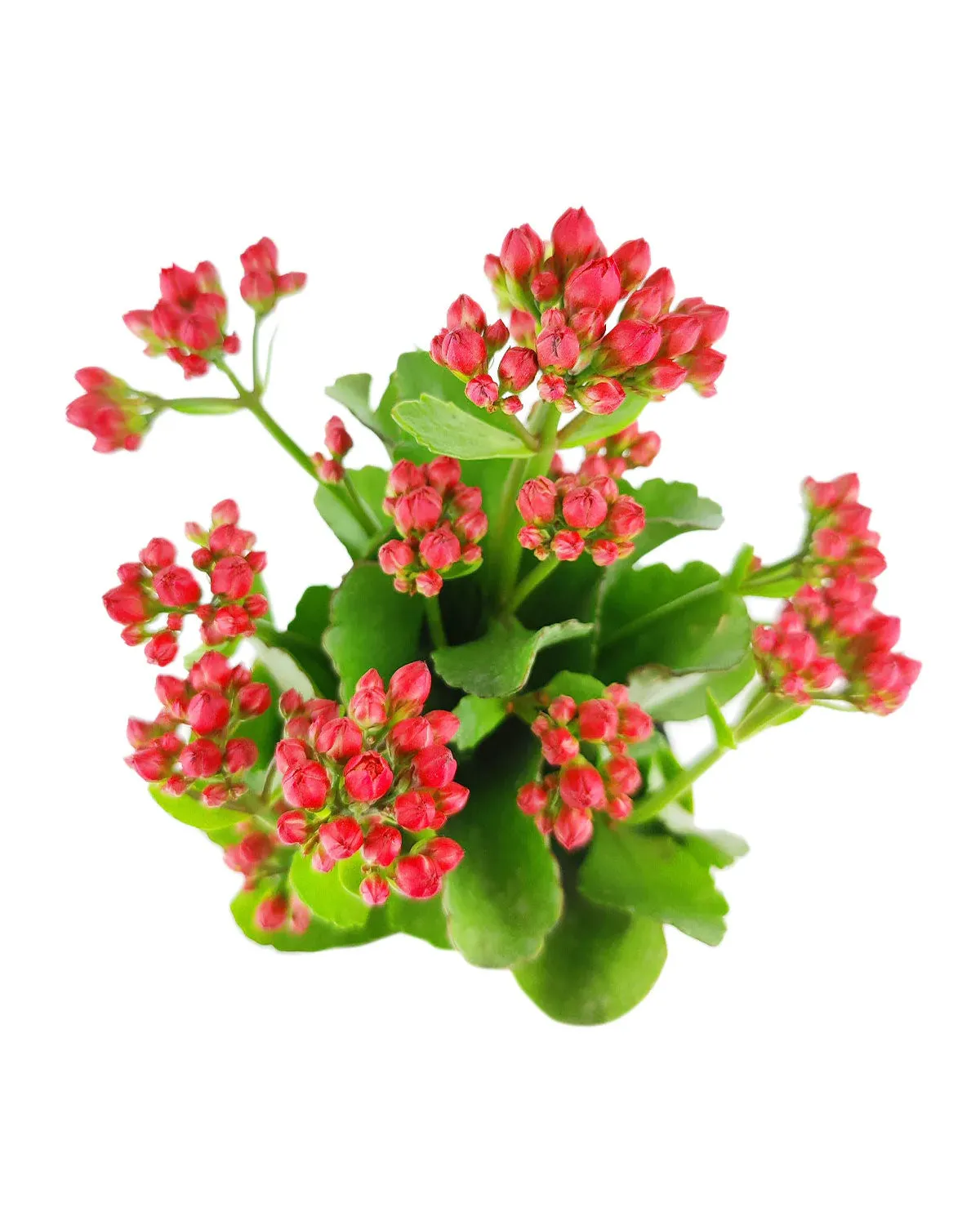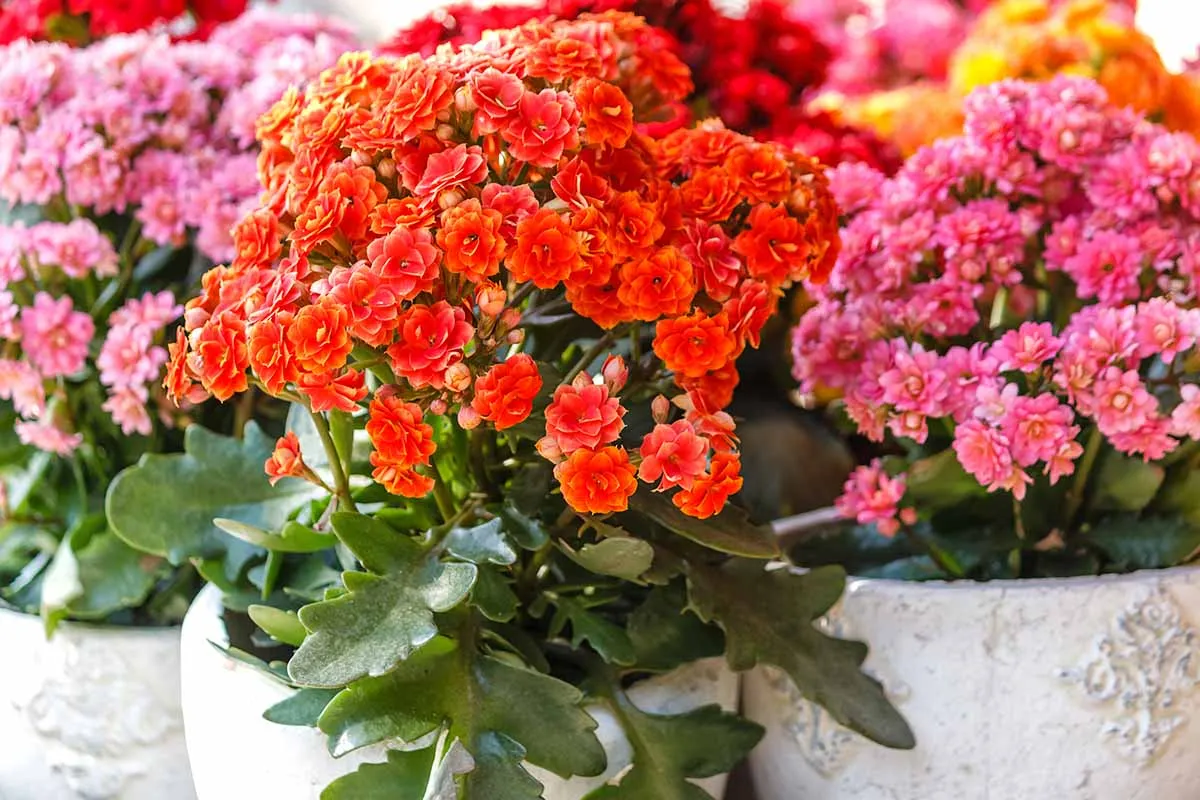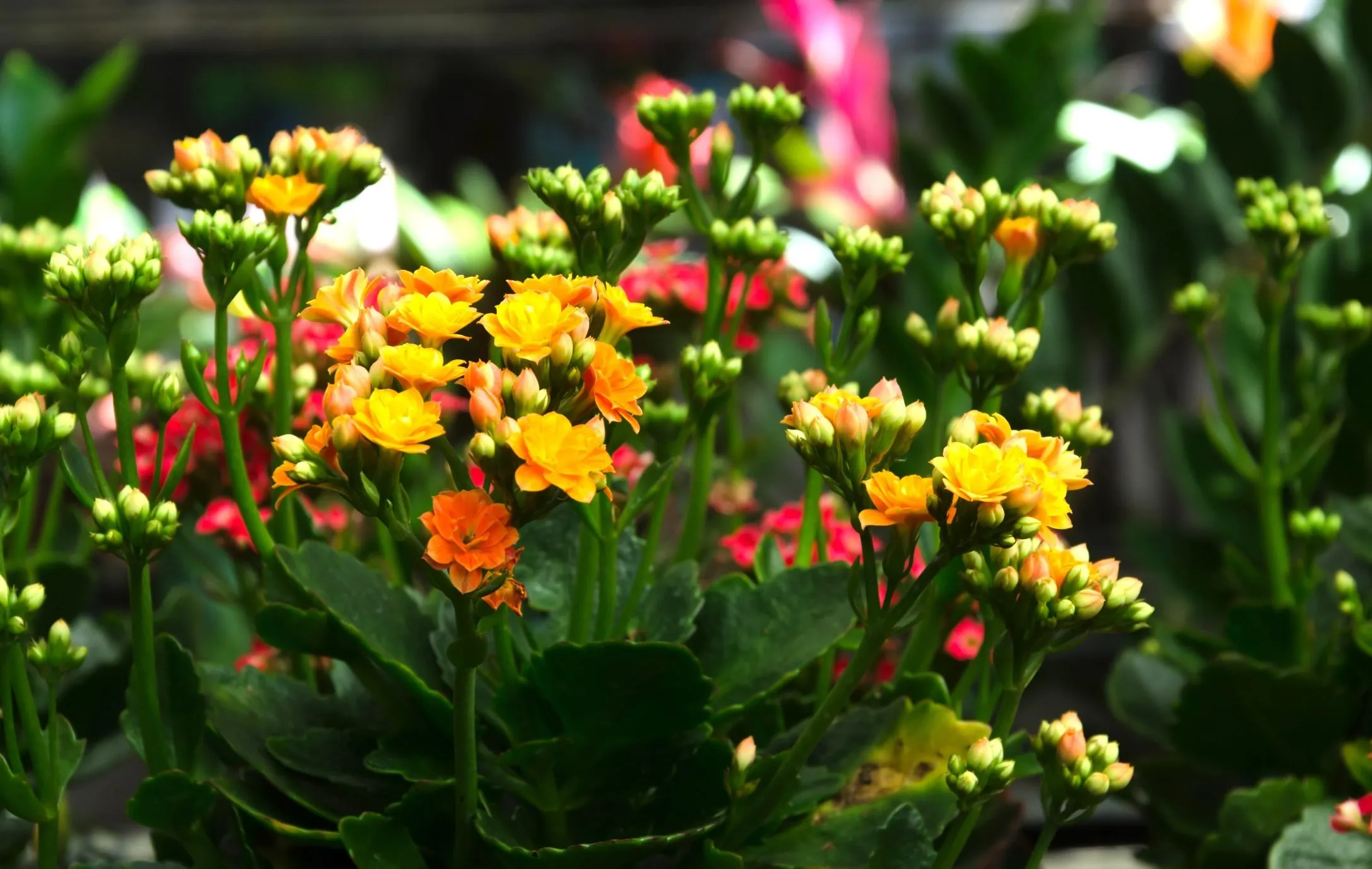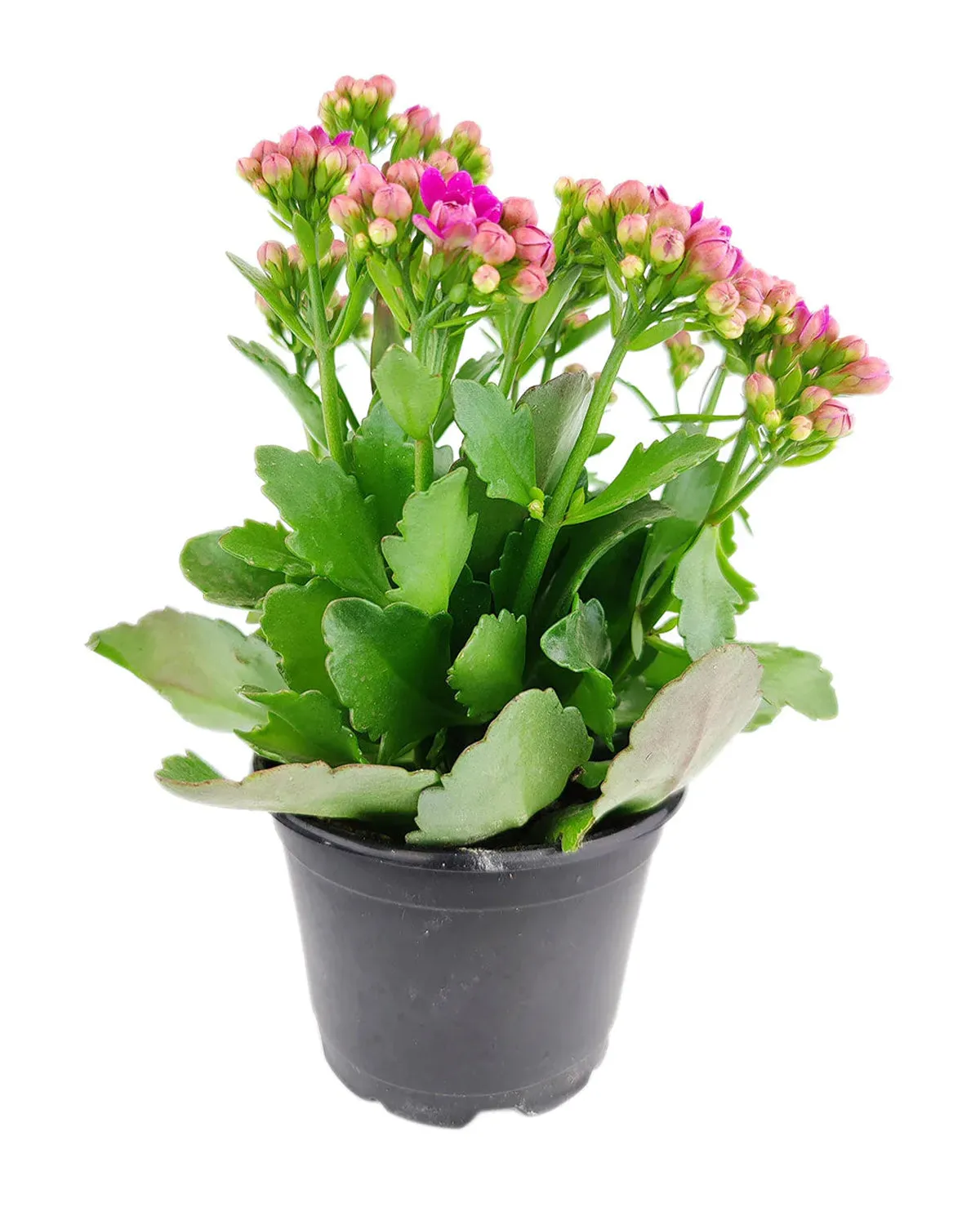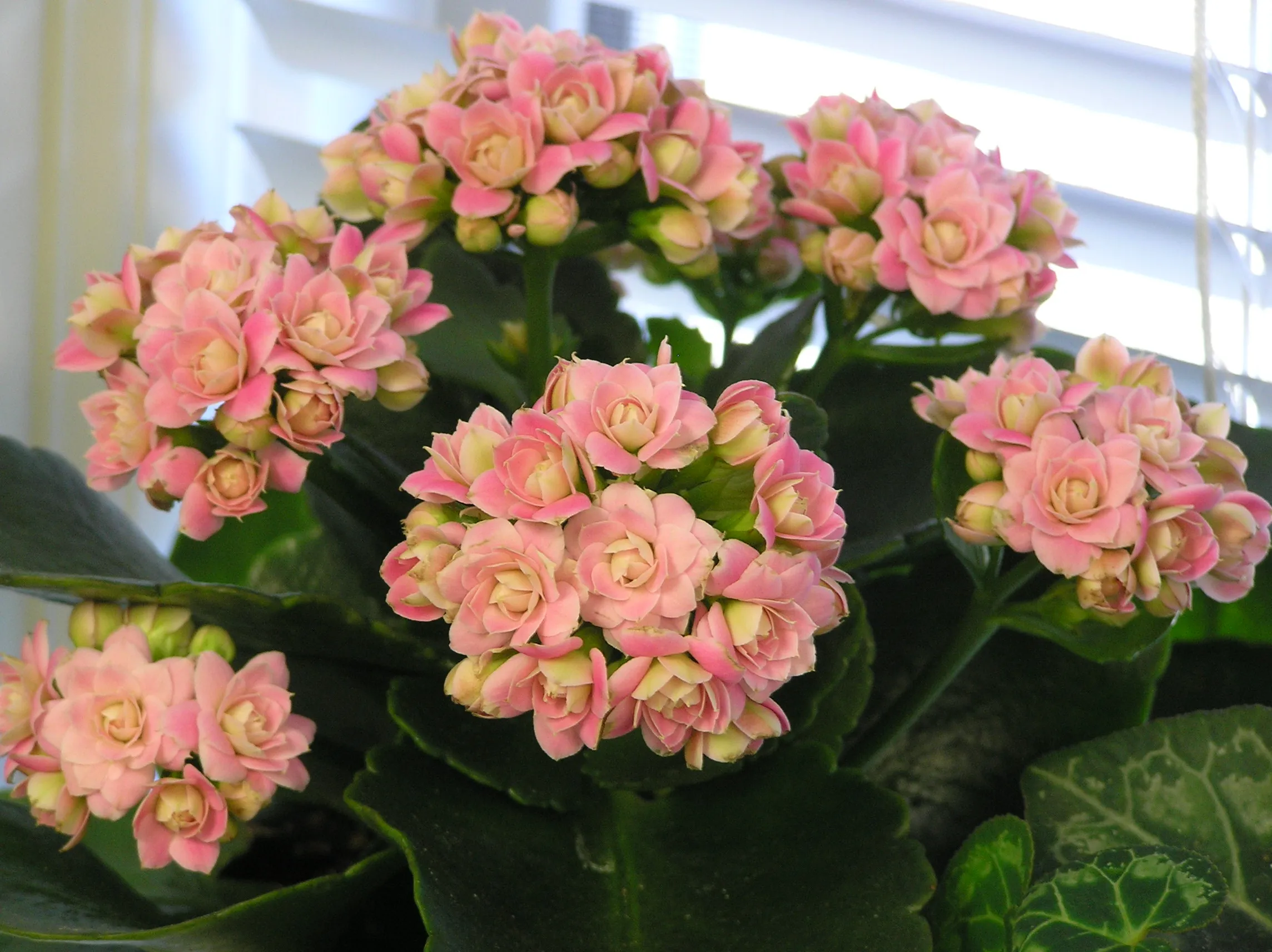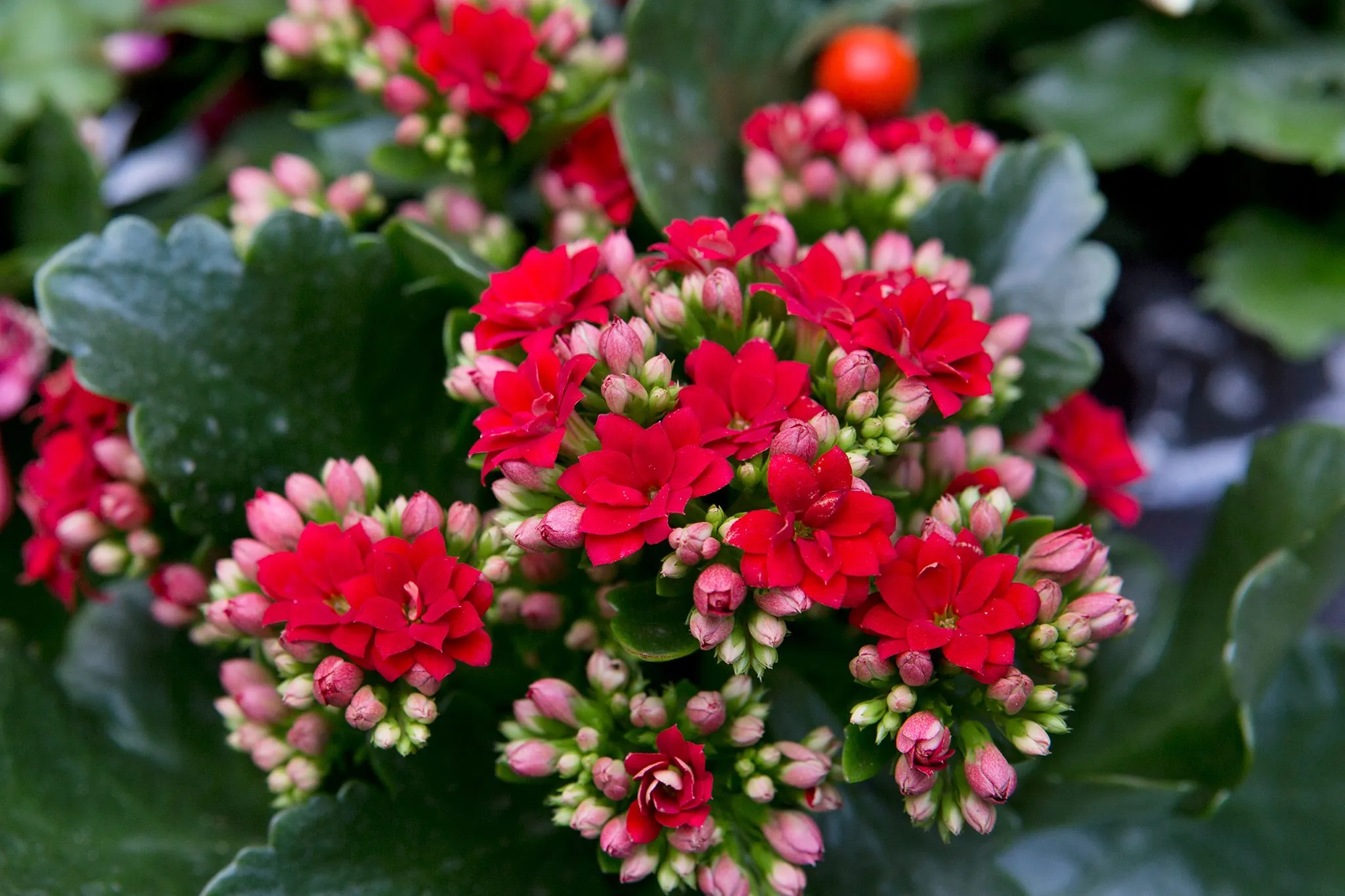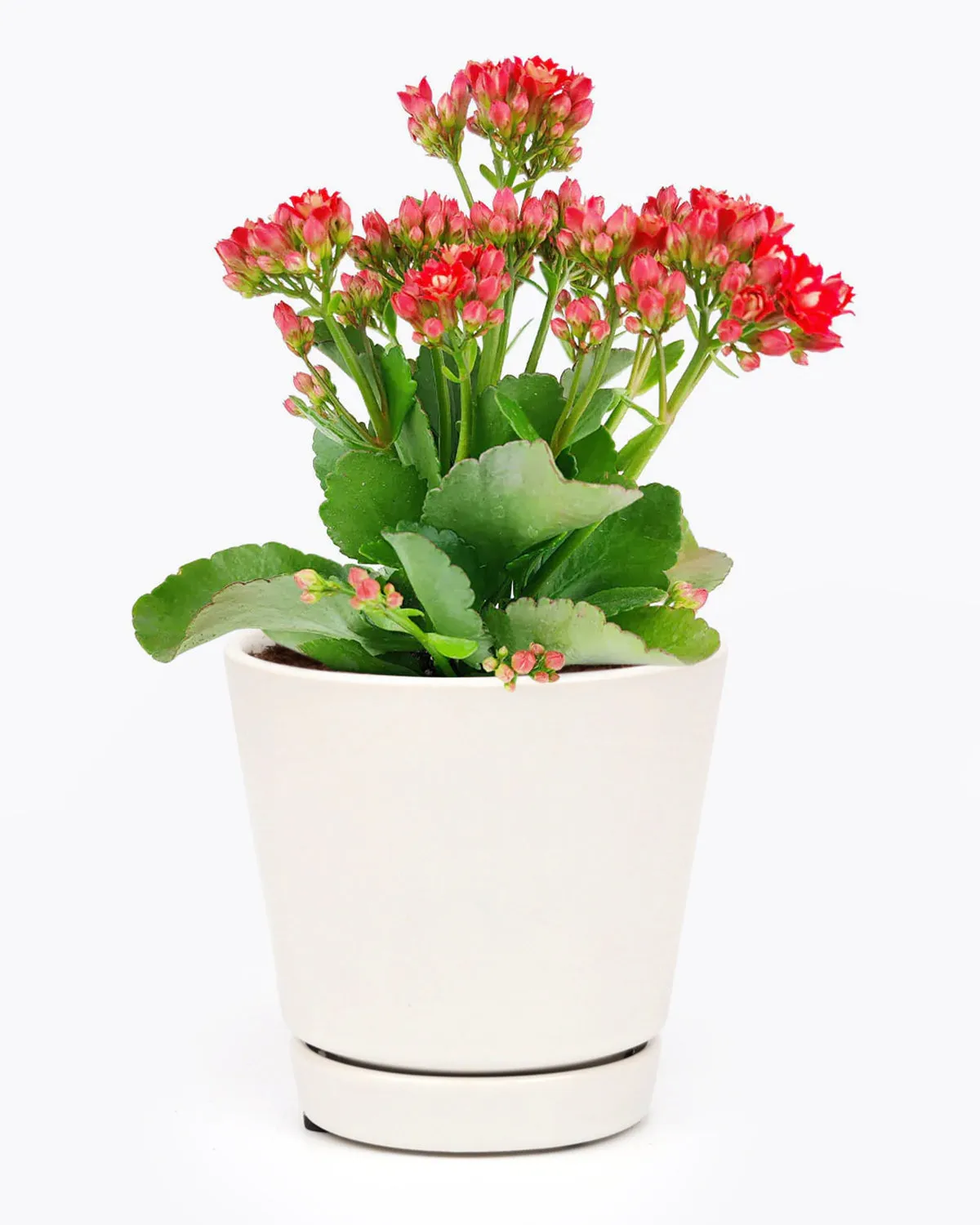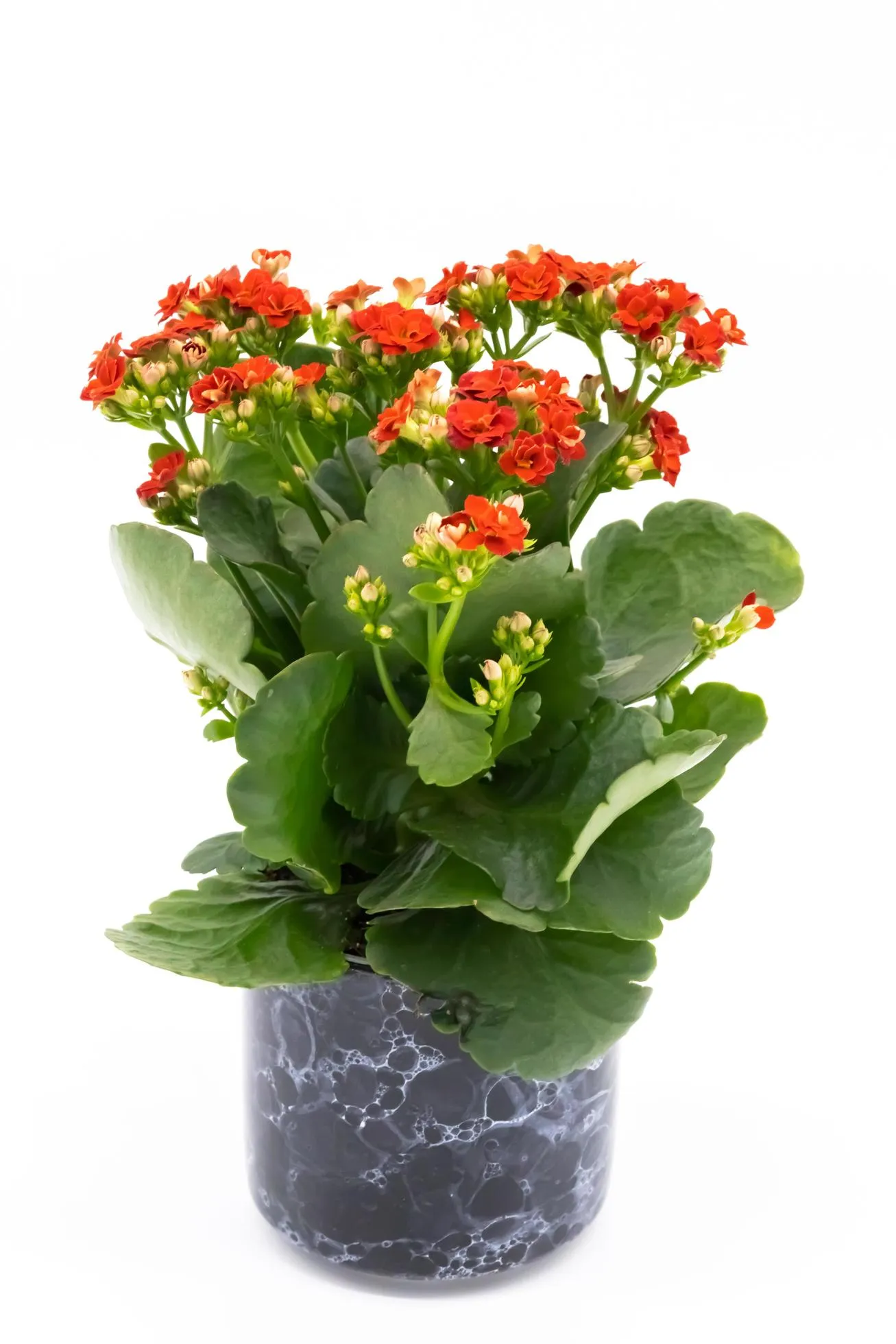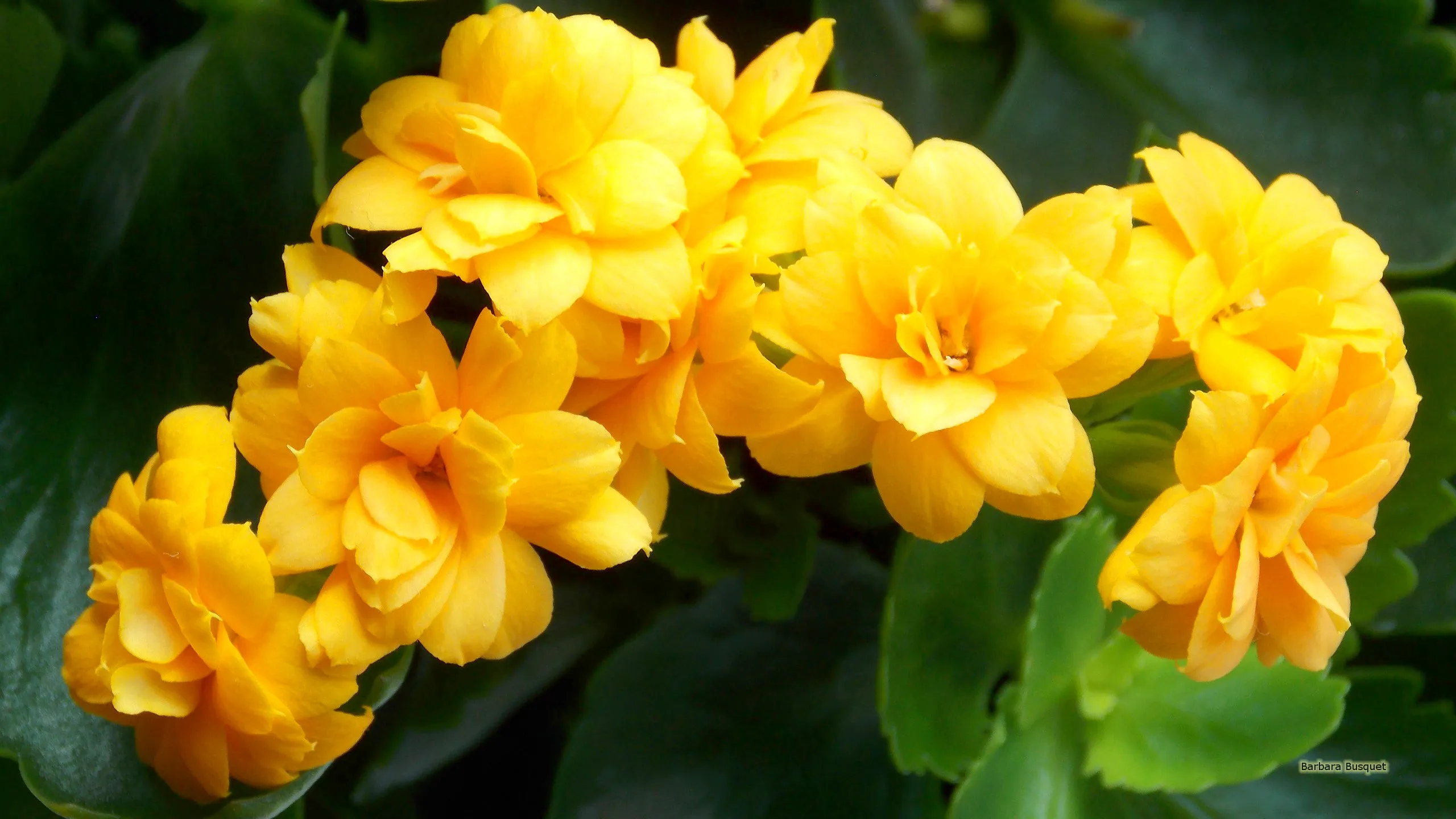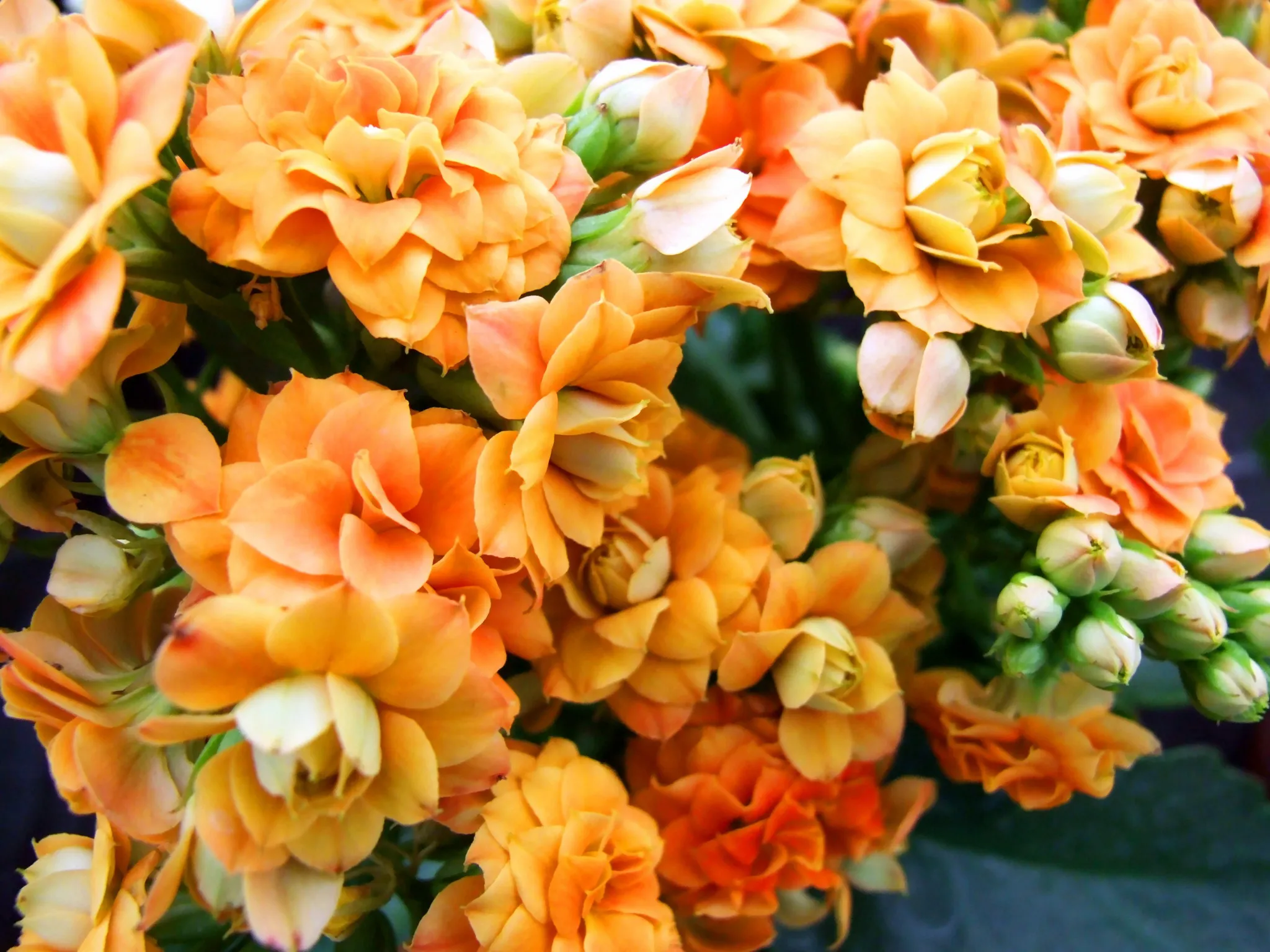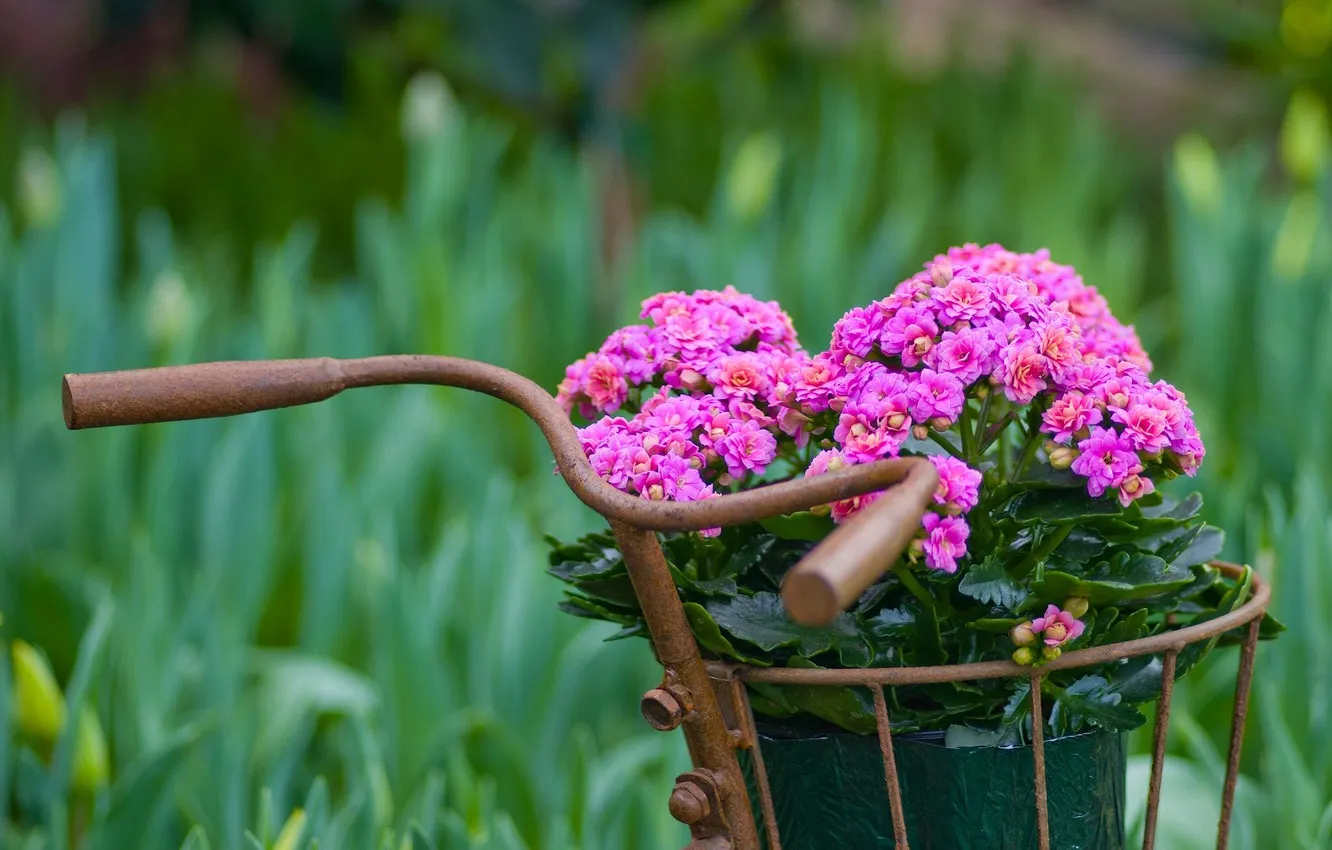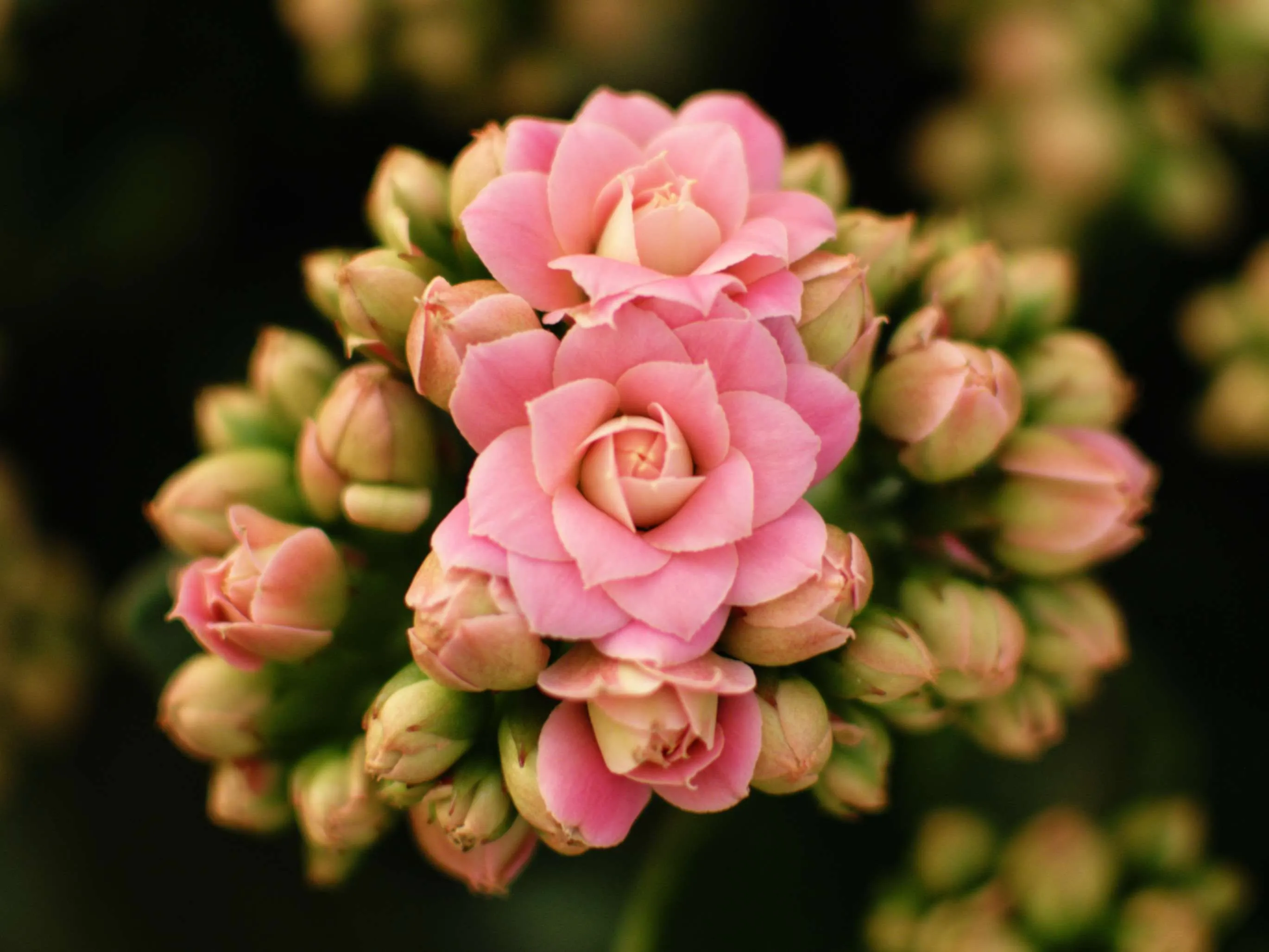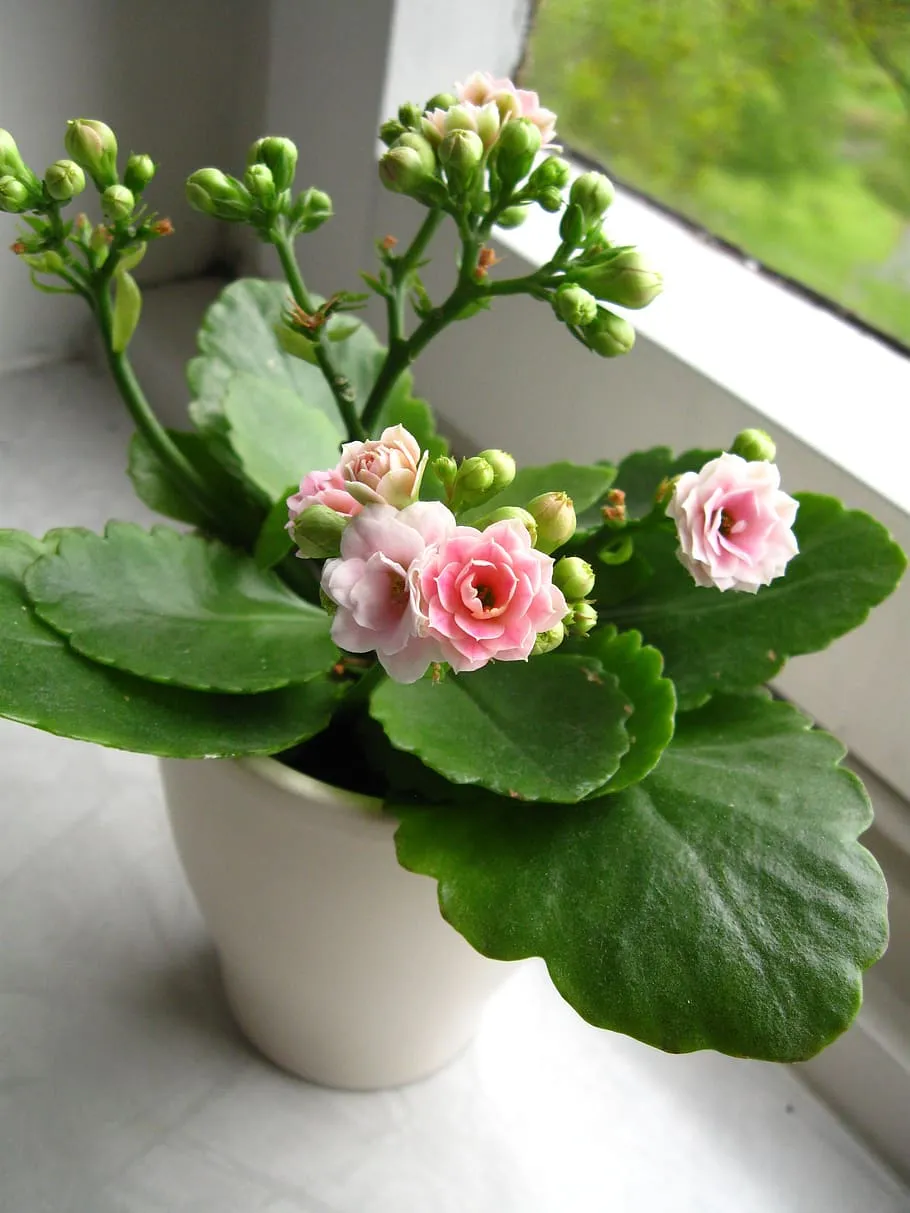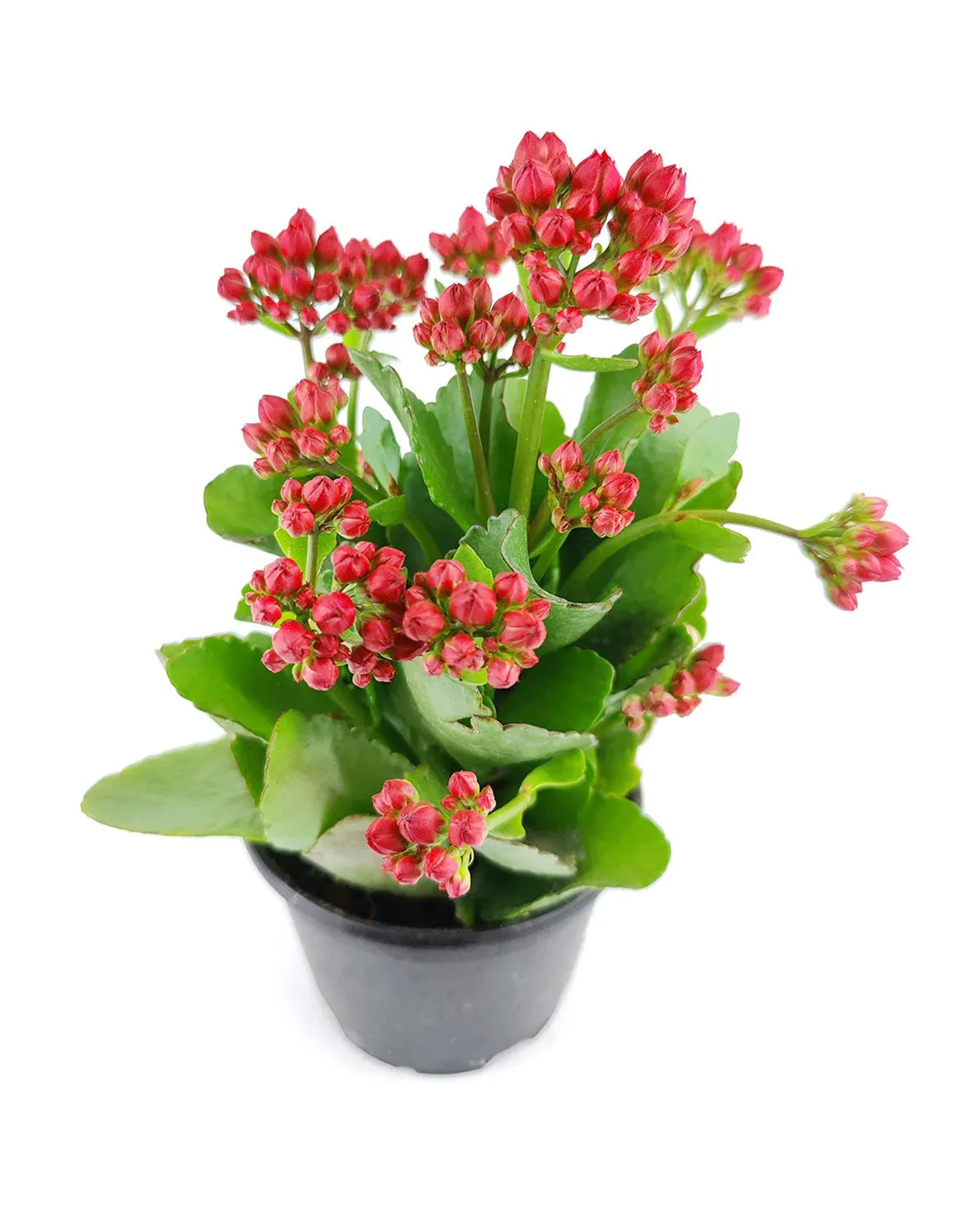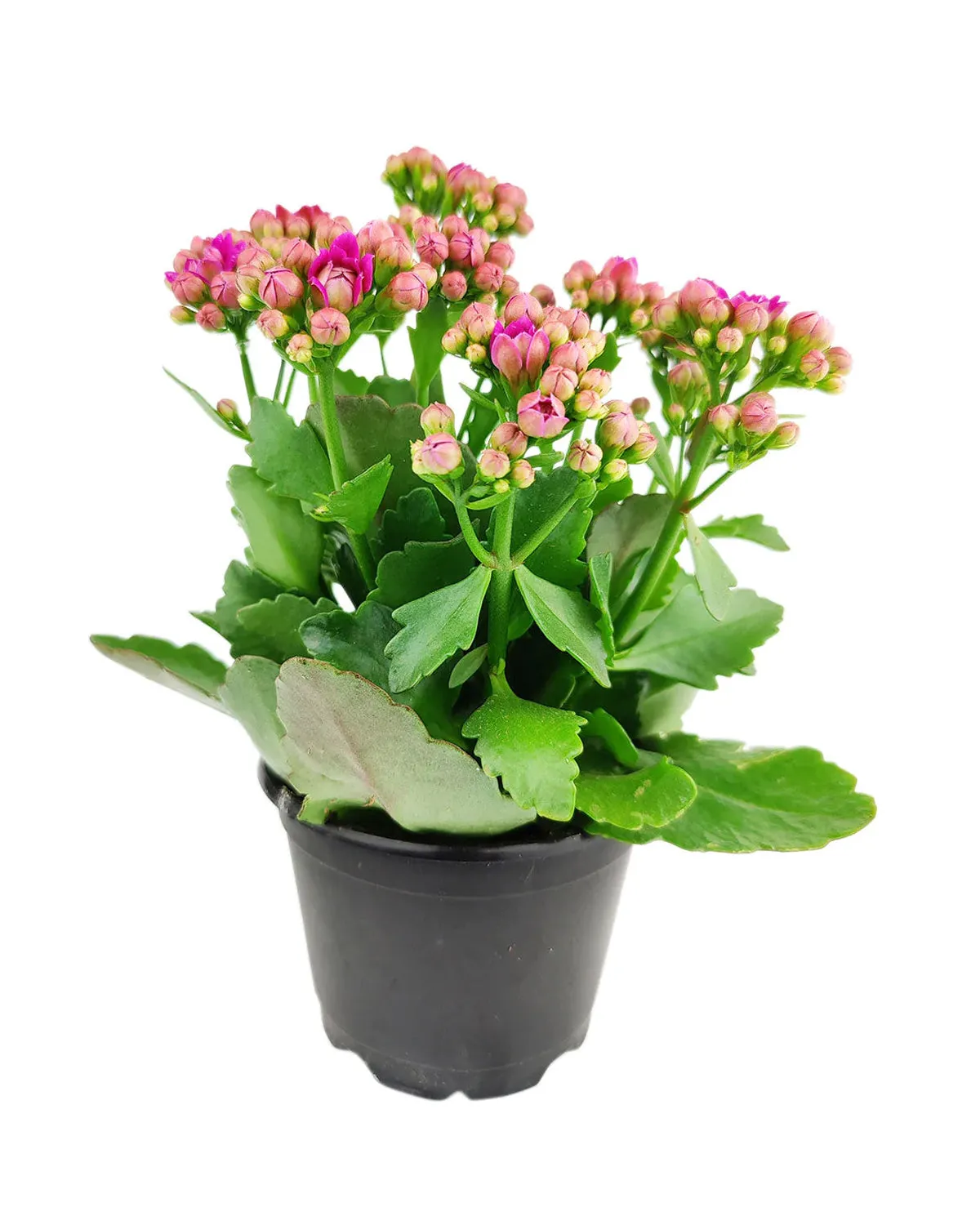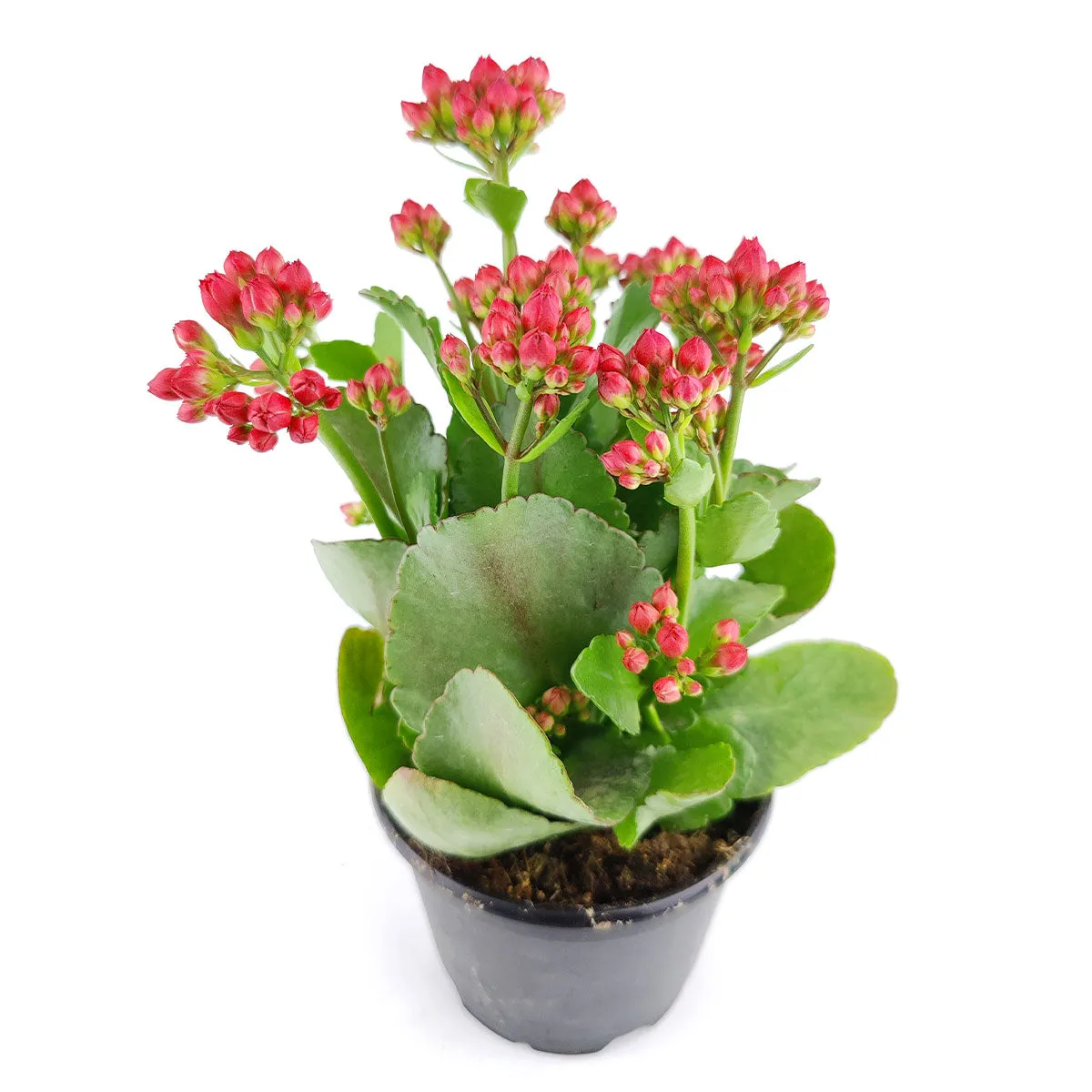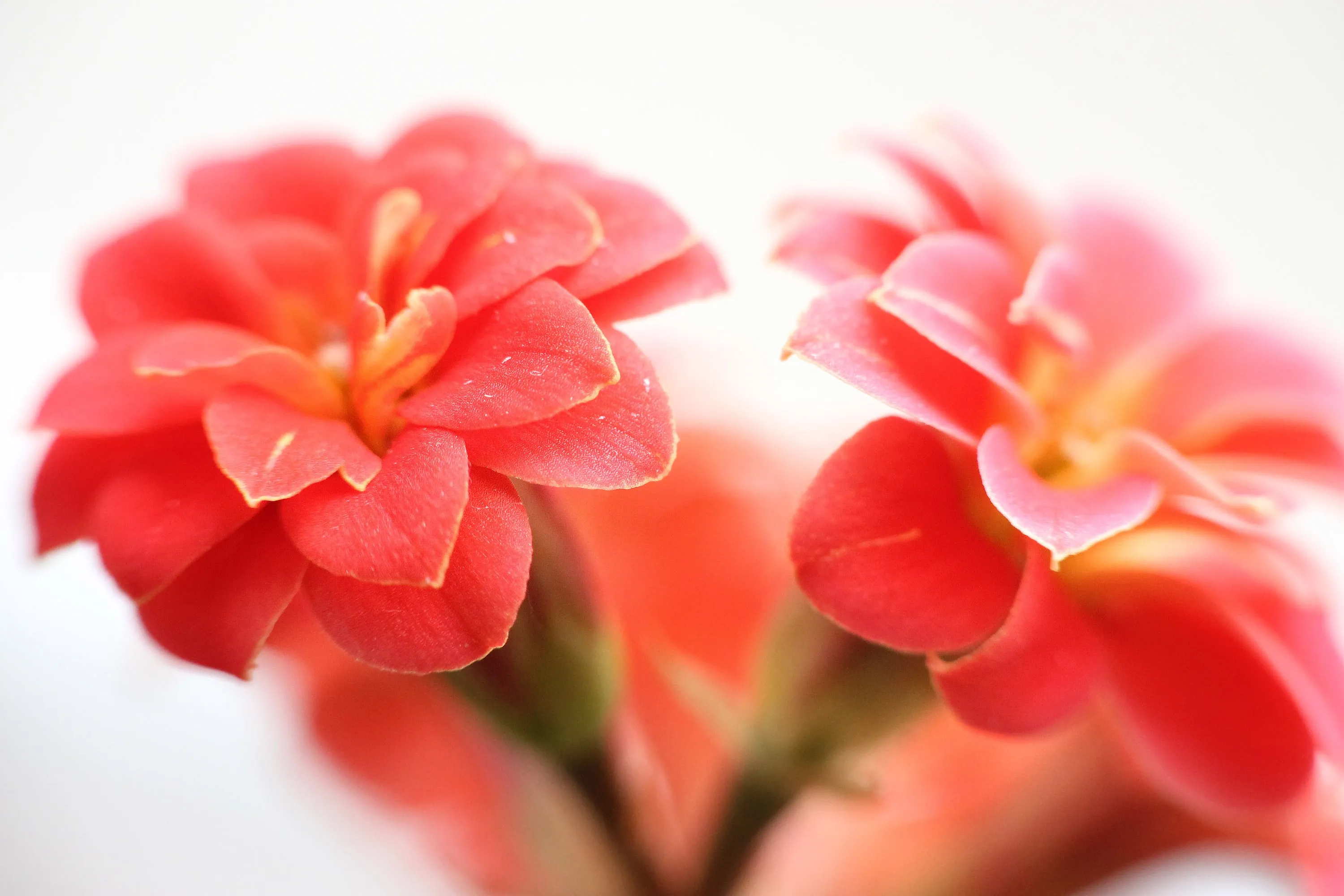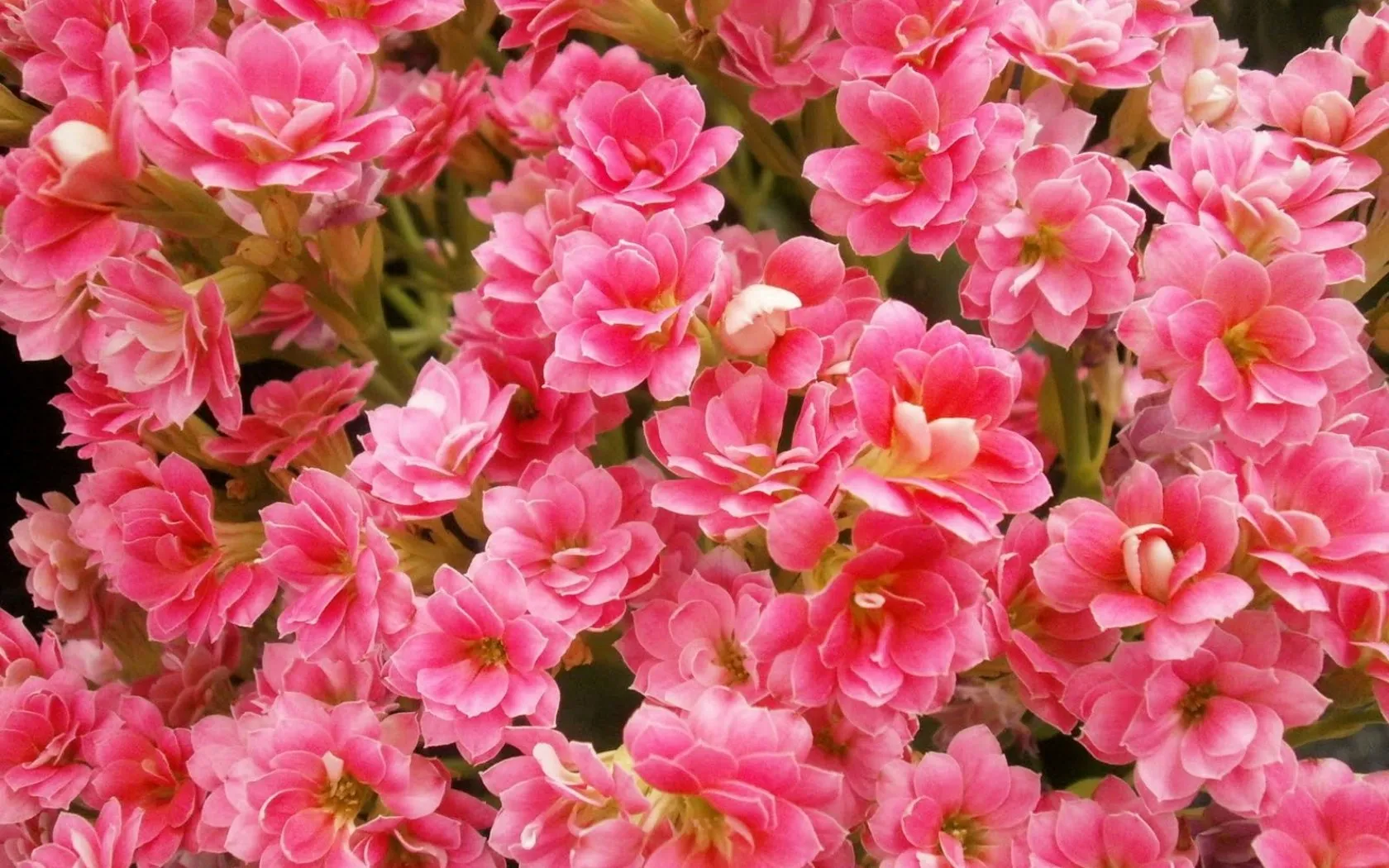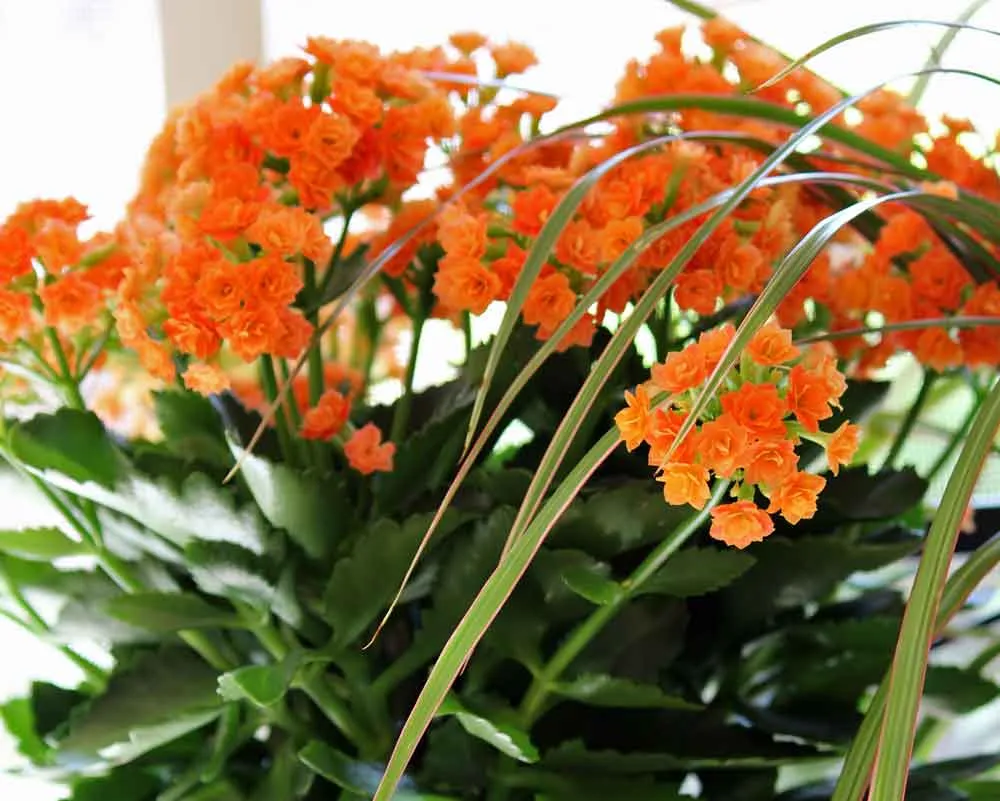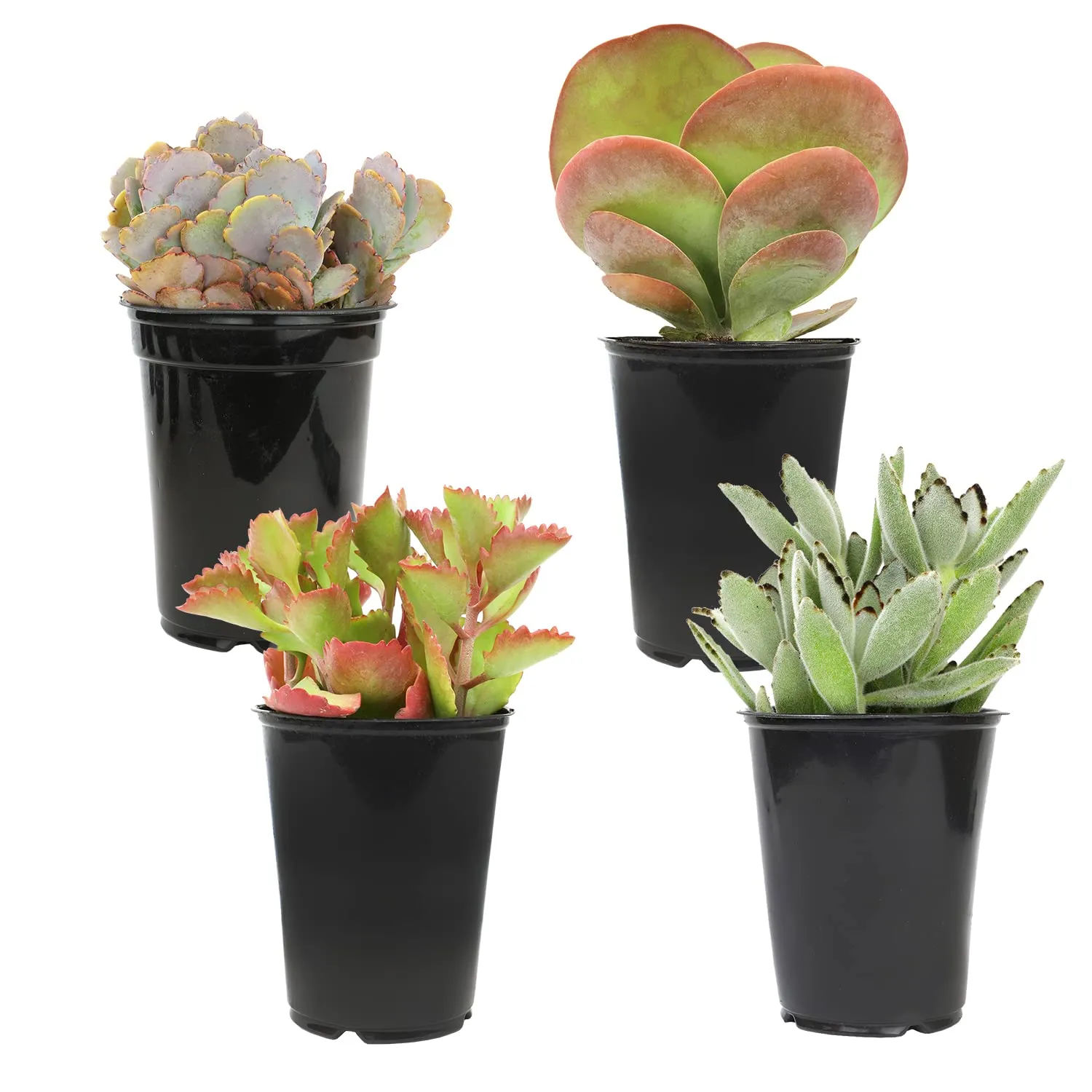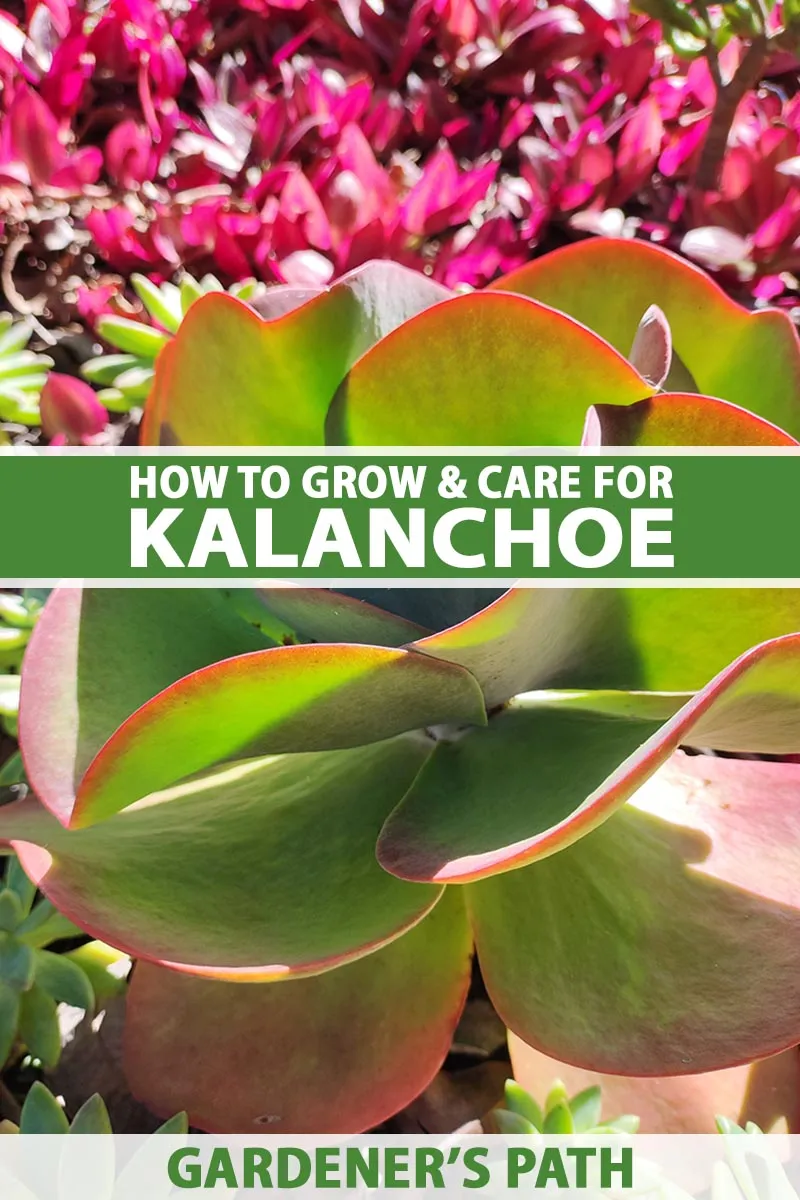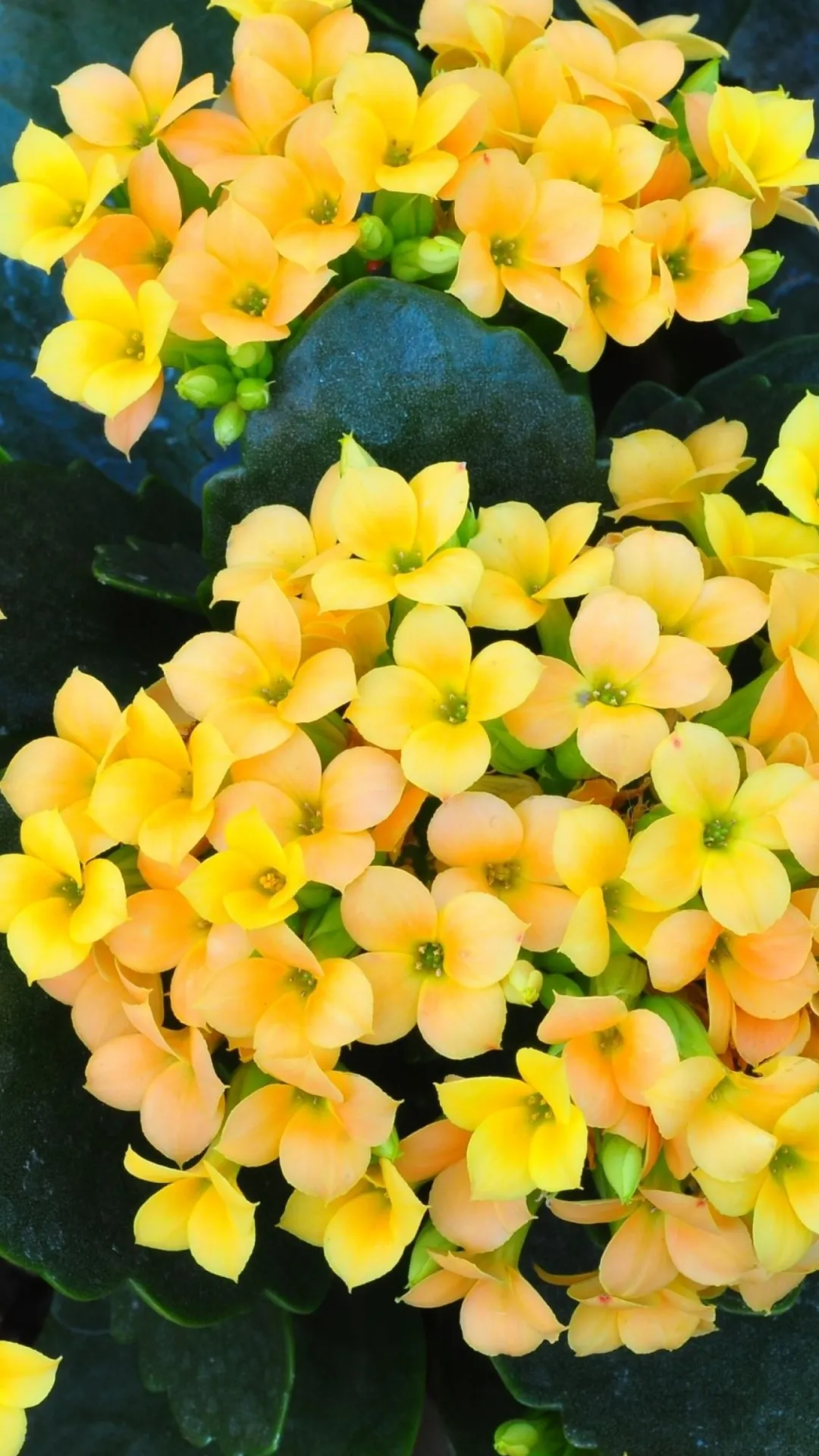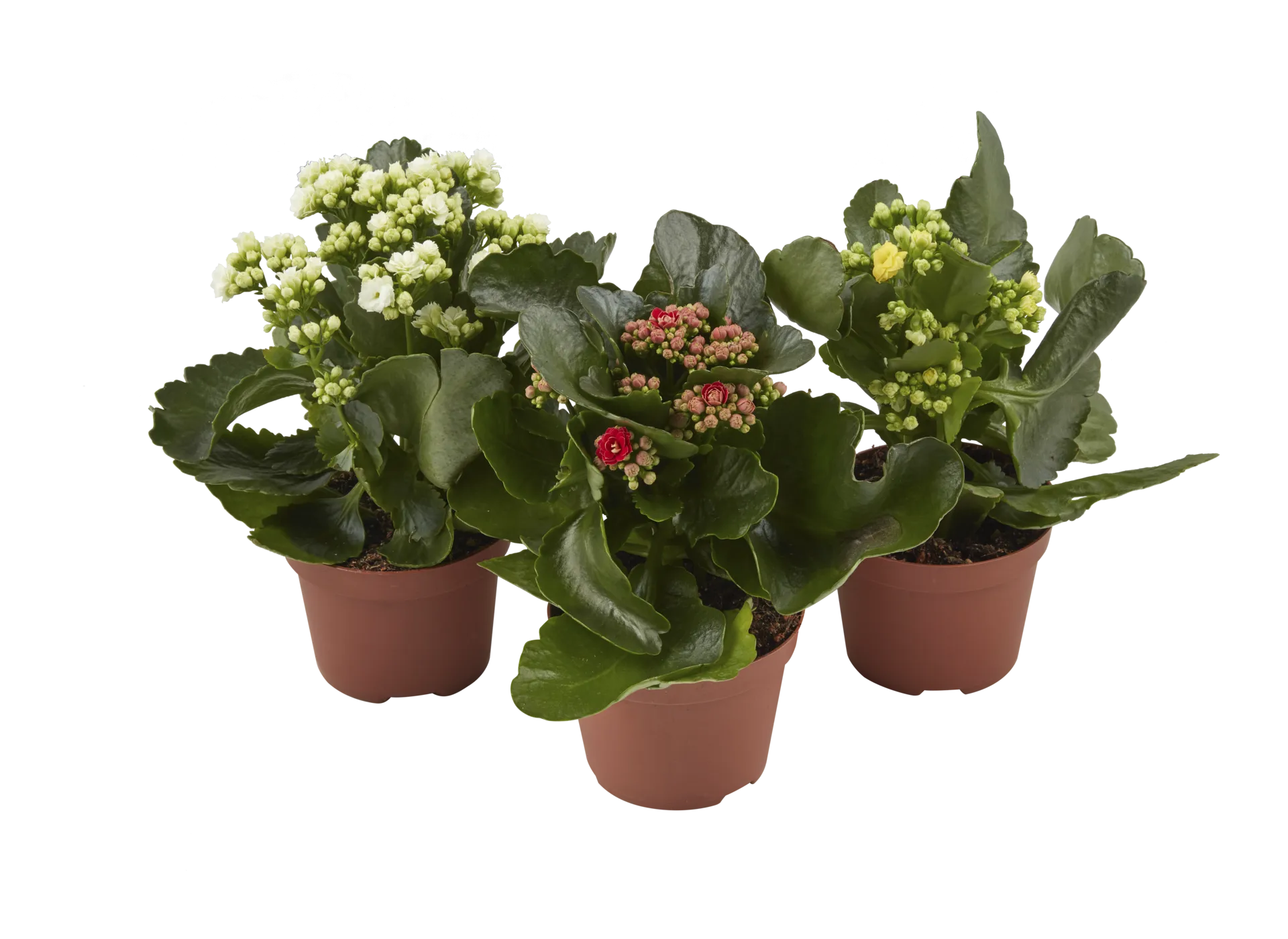Kalanchoe: A Popular Houseplant
If you're looking for a stunning, low-maintenance houseplant that can add a pop of color to your indoor space, look no further than the kalanchoe. This succulent plant is native to Madagascar and is a popular choice for indoor gardening due to its vibrant colors and easy-to-care-for nature. In this article, we'll take a closer look at the kalanchoe, including its characteristics, care tips, and some popular varieties to choose from.
Characteristics of Kalanchoe
Kalanchoe is a succulent plant with thick, fleshy leaves and bright, showy flowers. The leaves are often tinged with red or purple, and the flowers can come in a range of colors, including pink, red, orange, yellow, and white. The flowers are small and clustered together, making for an eye-catching display. One of the reasons kalanchoe is so popular as a houseplant is that it's easy to care for. It doesn't require a lot of attention and can thrive in a range of conditions. Kalanchoe is a drought-tolerant plant, which means it doesn't need to be watered frequently. In fact, overwatering is one of the most common mistakes people make when caring for kalanchoe.
Care Tips for Kalanchoe
To keep your kalanchoe healthy and thriving, there are a few key care tips to keep in mind.
Light
Kalanchoe prefers bright, indirect sunlight. It can tolerate some direct sunlight, but too much can scorch the leaves and flowers. If your kalanchoe isn't getting enough light, the leaves may start to turn yellow or drop off. If this happens, move the plant to a brighter location.
Water
As we mentioned earlier, kalanchoe is a drought-tolerant plant. It doesn't need to be watered frequently, and it's important to let the soil dry out between waterings. Overwatering can lead to root rot, which can be fatal for the plant. When you do water your kalanchoe, be sure to water thoroughly, allowing the water to soak into the soil.
Soil
Kalanchoe prefers well-draining soil that's slightly acidic. You can use a cactus or succulent soil mix, or you can create your own by mixing equal parts potting soil, sand, and perlite. Avoid using heavy, clay soils, as they can hold too much water and lead to root rot.
Temperature
Kalanchoe can tolerate a range of temperatures, but it prefers temperatures between 60 and 85 degrees Fahrenheit. Keep the plant away from drafts, as sudden temperature changes can cause stress and damage.
Fertilizer
Kalanchoe doesn't require a lot of fertilizer, but you can feed it with a balanced, water-soluble fertilizer once a month during the growing season (spring and summer). Be sure to follow the instructions on the fertilizer package, as over-fertilizing can damage the plant.
Popular Varieties of Kalanchoe
There are many different varieties of kalanchoe to choose from, each with its own unique characteristics and growing requirements. Here are a few popular varieties to consider:
Flaming Katy (Kalanchoe blossfeldiana)
This is one of the most popular varieties of kalanchoe, thanks to its bright, showy flowers. The flowers come in a range of colors, including red, pink, orange, and yellow. Flaming Katy is a compact plant that grows to be about 1 to 2 feet tall, making it a great choice for small spaces.
Panda Plant (Kalanchoe tomentosa)
This variety of kalanchoe is known for its fuzzy, silver-green leaves. The leaves are covered in tiny hairs that give them a velvety texture. Panda Plant is a slow-growing plant that can reach up to 2 feet tall. It prefers bright, indirect sunlight and well-draining soil.
Devil's Backbone (Kalanchoe daigremontiana)
This unique variety of kalanchoe is known for its unusual, zigzag-shaped leaves. The leaves are green with red edges and have a slightly waxy texture. Devil's Backbone is a fast-growing plant that can reach up to 3 feet tall. It prefers bright, indirect sunlight and well-draining soil.
Mother of Thousands (Kalanchoe daigremontiana)
This variety of kalanchoe is known for its unique reproductive strategy. The plant produces tiny plantlets along the edges of its leaves, which can eventually drop off and grow into new plants. Mother of Thousands has green leaves with red or purple spots and can reach up to 2 feet tall. It prefers bright, indirect sunlight and well-draining soil.
Conclusion
Kalanchoe is a beautiful, low-maintenance houseplant that can add a pop of color to any indoor space. With its thick, fleshy leaves and bright, showy flowers, kalanchoe is sure to impress. By following a few simple care tips, you can keep your kalanchoe healthy and thriving for years to come. So why not add a kalanchoe to your indoor garden today?
Frequently asked questions about Kalanchoe wallpapers
Q: What is Kalanchoe?
Kalanchoe is a genus of plants that belongs to the family Crassulaceae. It is a popular houseplant due to its beautiful flowers and ease of care.
Q: What category do the Kalanchoe pictures belong to?
The Kalanchoe pictures belong to the "Houseplants" category.
Q: How many Kalanchoe pictures are available for download?
There are 28 Kalanchoe pictures available for download.
Q: Can I download the Kalanchoe pictures for free?
Yes, the Kalanchoe pictures can be downloaded for free.
Q: What file types are available for download?
The Kalanchoe pictures can be downloaded in .jpg, .png, and .webp file types.
Q: Can I choose different sizes for the Kalanchoe pictures?
Yes, you can choose different sizes (width and height) for the Kalanchoe pictures.
Q: How do I choose the right size for my device?
Our website automatically detects the visitor's mobile screen size and chooses the right size for the visitor.
Q: Can I download all the Kalanchoe pictures at once?
No, you have to download each picture individually.
Q: Can I use the Kalanchoe pictures for commercial purposes?
The Kalanchoe pictures are for personal use only. If you want to use them for commercial purposes, please contact us for permission.
Q: How do I credit the Kalanchoe pictures if I use them on my website?
Please credit the pictures as "©[Photographer's Name]/[Website Name]".


